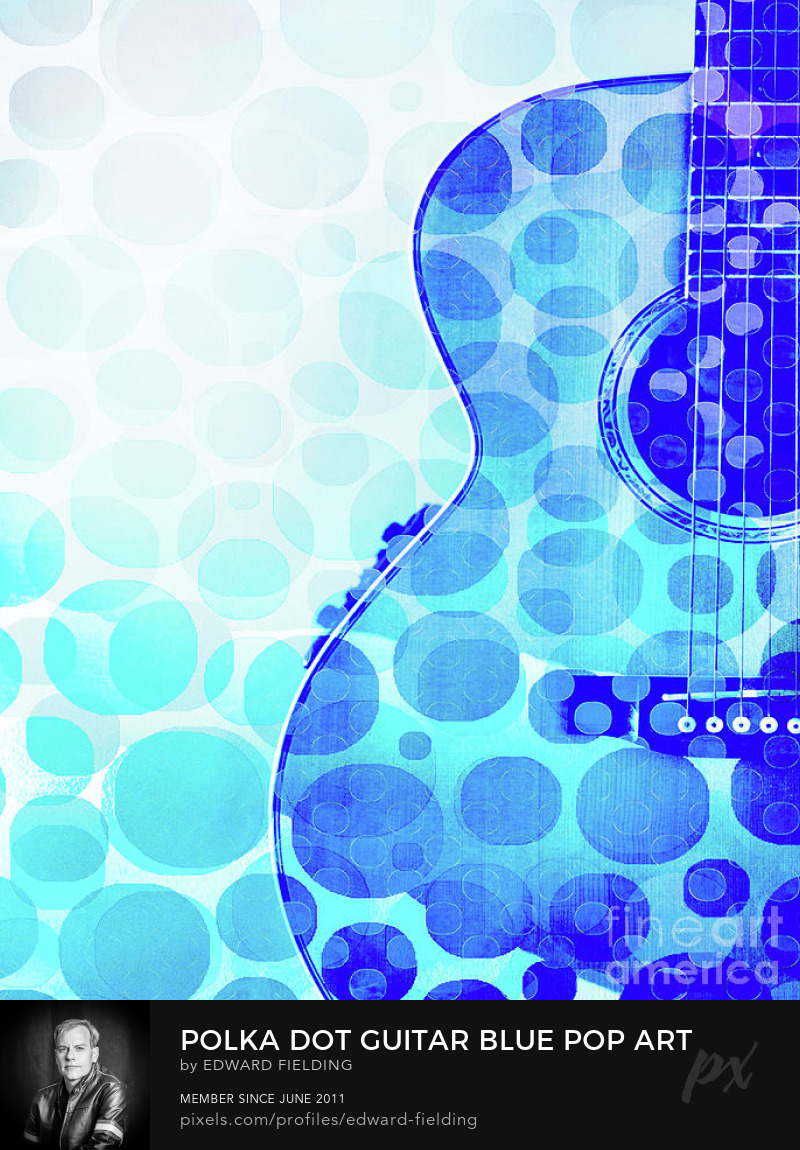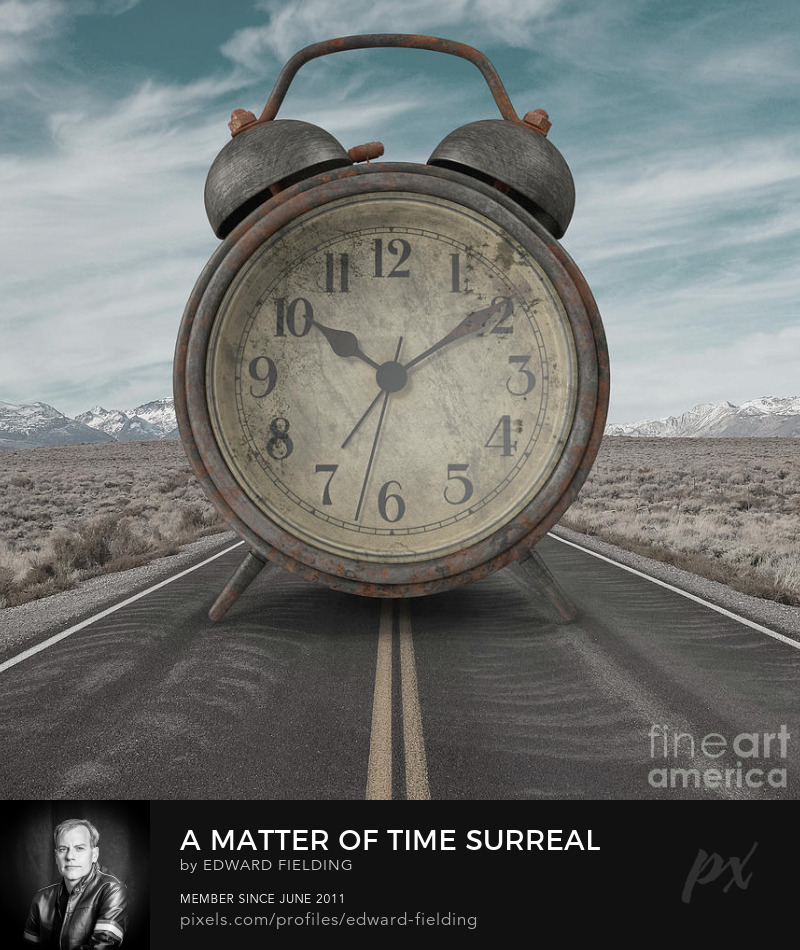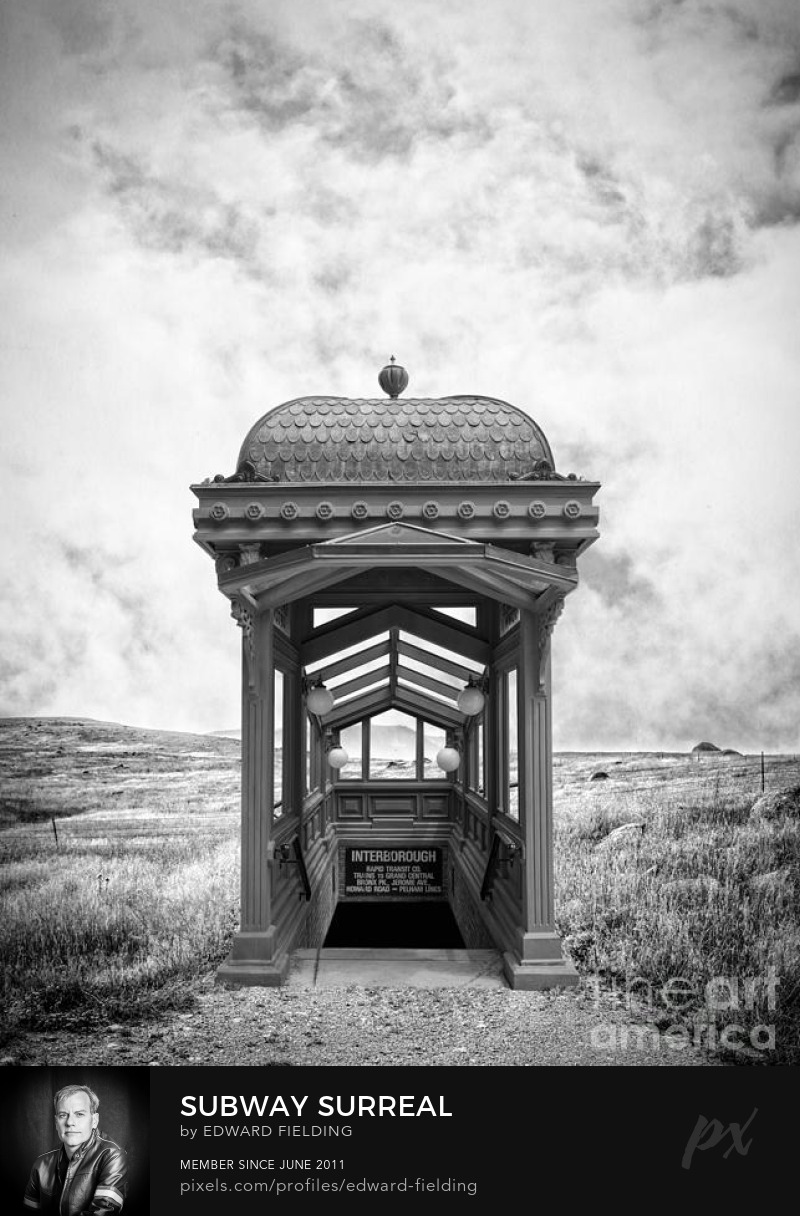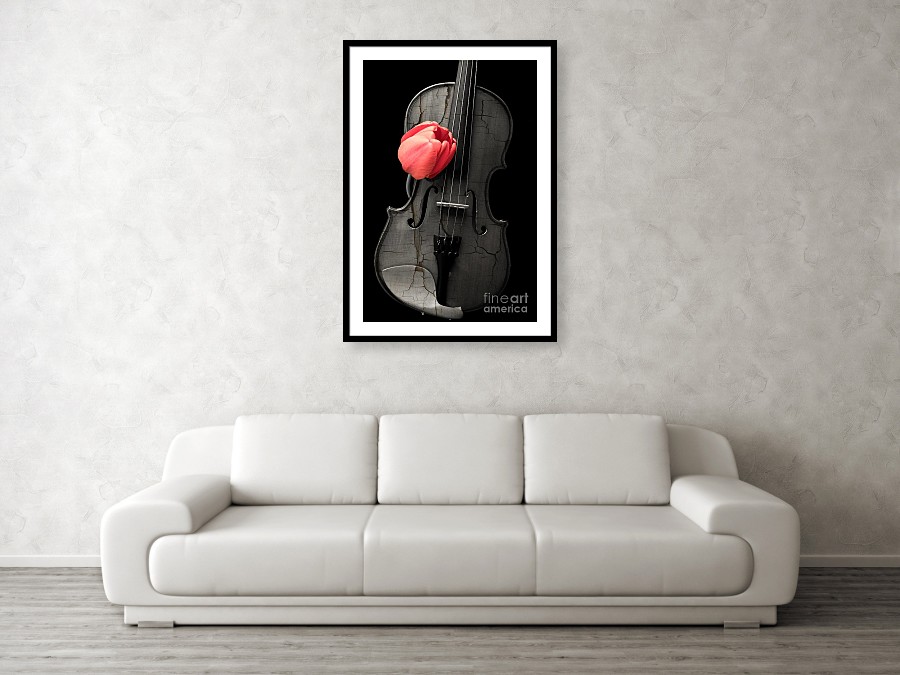It has been said that “there is no accounting for tastes”. In other words, you can’t tell what an individual walking into a museum or gallery will like. Or what a buyer will choose to purchase from an online portfolio.
I’m often befuddled by which pieces buyers choose from my portfolio of over 5,000 fine art photographs and artworks. I have in my mind certain images that I consider to be the best examples of my work and others that are lesser works. Sometimes it seems buyers totally ignore the best and choose something random.

Tastes in art are seemingly random. Or are they?
It was found in Wilison, Ausman and Mathews’s studies (1973) that liberals mostly prefer more complex and abstract paintings on the other hand, conservatives do not like mixed representative and mixed abstract paintings and they prefer simple representative ones.

Can we predict a person’s preferences for art?
It turns out that education, upbringing, income level, religious upbringing, political view point and other factors all have a part in shaping our art preferences.
Art as an Life Activity
Involvement in the arts takes on many forms from the creation of art, taking art classes, viewing art at galleries or museums, reading about art, taking art appreciation courses, buying art, collection art, going to performances, reading about artists, traveling for art related activities, watching films about artists or the history of art and so on.
Like any of life’s non-work activities such as playing golf, having a picnic, going boating, gardening, watching TV etc, people choose their level of involvement in the arts from passive involvement to active involvement.

The importance and priority of art to a person can vary. While some people want to be informed from the artistic activities, they spend time and money for them, some others are only interested in an artistic activity when they come across and they do not spend money for it. However, some people regard going to galleries, learning about artists, following the hobby courses and the date of concerts or theatres are loss of time.
Some people are not brought up experiencing the arts and as such avoid active participation in activities they don’t understand or appreciate. Art appreciation and music appreciation courses can help to broaden one’s education in the arts and make them more accessible.
Art classes in painting, photography, sculpture etc can bring a new level of appreciation as one attempts to create. When one tries to learn a new skill, it brings a whole new level of appreciation for those who are considered experts in the field.
How do personality traits impact one’s appreciation of the arts and art participation?


Studies have shown that not only do personality types shape our involvement in the arts (along with education and upbringing) but our personality can determine what types of art we prefer.
- Open experienced and social persons show more interest in Surrealizm emphasis on the subconscious and abstract works that emphasize ideas as shown in the literature.
- Persons who are lower openness to experienced and social show orientation to the external world is reflected in pictures as impressionism and traditional arts.
- The extroverted personality types of abstract art known for its warmth and sensitivity in social relationships and showing interest in the surrealist work.
- The high levels of responsibility and perfectionism conscientious people prefer the traditional arts.

Being Open Minded to the Arts
People who have strong imaginations, curious about the world and more excitable personalities are the most likely to be accepting to art actives.
The personality trait that seems most relevant when it comes to predicting higher levels of overall artistic preference is Openness to Experience, a trait that refers to individual differences in aesthetic sensitivity, intellectual curiosity, imagination, and innovation striving.

Can your taste in art reveal your personality? Can your personality traits predict your art preferences?
So if I walk into your living room can I figure out your personality based on the artwork displayed? Probably.
There is even a test that was created to test your visual art preferences.
The APS was developed to measure individual differences in what people enjoy about visual art. It measures three scales, two that are applicable to the style of the work and one that is applicable to the content of the work.
Try it here:
